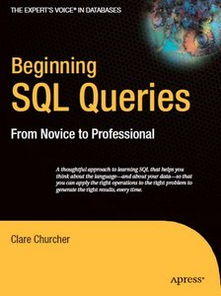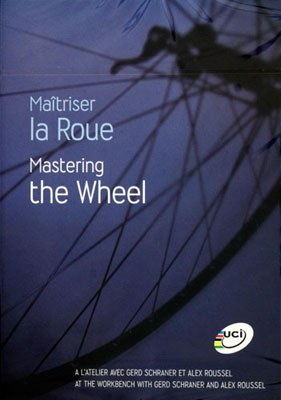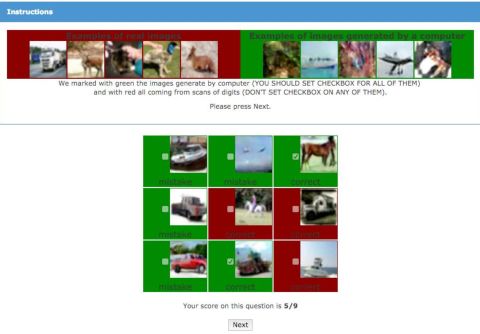Content:
Fishing during heavy rain can be a challenging endeavor, but with the right techniques, it can also be a highly rewarding experience. One of the most crucial aspects of fishing in adverse weather conditions is mastering the art of tiding. In this article, we will delve into the essential tiding techniques to help you catch fish even when it's pouring down rain.
Choose the Right Equipment
Before heading out to fish during heavy rain, it's essential to have the right equipment. Ensure that your fishing rod, reel, and line are in good condition and suitable for the conditions. For heavy rain, a medium-heavy to heavy-duty rod and reel combination is recommended. The line should be of a suitable strength to handle the fish you're targeting and the weather conditions.
1 Rod and Reel
A medium-heavy to heavy-duty rod and reel combination is ideal for fishing during heavy rain. The heavier rod will help you feel the subtle movements of the fish, while the reel will provide enough power to set the hook and handle larger fish. Look for a rod with a fast-action tip for better sensitivity and a smooth casting motion.
2 Line
The line should be of a suitable strength to handle the fish you're targeting and the weather conditions. A monofilament line with a breaking strength of 12-20 pounds is generally sufficient for most freshwater fishing scenarios. If you're targeting larger fish or fishing in saltwater, opt for a higher breaking strength line.
3 Lures and Baits
During heavy rain, fish tend to stay closer to the bottom, so it's essential to use lures and baits that can reach that depth. Consider using heavy jigs, sinkers, or weighted baits. Live bait such as worms, crickets, or leeches can also be effective, especially during heavy rain.
Select the Right Location
Fishing during heavy rain requires careful consideration of the location. Look for areas where fish are likely to congregate during adverse weather conditions. Here are some tips to help you choose the right location:

1 Deep Water
Fish often seek deeper water during heavy rain to escape the storm. Look for deep pools, drop-offs, or submerged structures where fish can find shelter.
2 Vegetation
Vegetation such as weeds, brush, and fallen trees can provide cover for fish during heavy rain. These areas can be excellent spots to target fish that are seeking refuge from the storm.
3 Current
During heavy rain, water currents can become stronger. Fish may be found in areas where the current is strongest, as these spots can provide them with a source of food and protection from the storm.
Mastering the Art of Tiding
Tiding is the process of adjusting your fishing rig to account for the weight of the line, lure, and bait in the water. It's crucial for successful fishing during heavy rain, as it ensures that your lure or bait reaches the desired depth and presentation. Here are some essential tiding techniques:
1 Use a Sinker
Attach a sinker to your line to ensure your lure or bait reaches the desired depth. The weight of the sinker should be sufficient to overcome the resistance of the water and allow your lure or bait to sink to the desired depth.
2 Adjust the Leader Length
The length of your leader can affect the way your lure or bait behaves in the water. A longer leader can create a more natural presentation, while a shorter leader can help you feel the subtle movements of the fish. Experiment with different leader lengths to find the one that works best for your fishing conditions.
3 Use a Floating or Sinking Leader
A floating leader can help you present your lure or bait just above the bottom, while a sinking leader can help you reach deeper water. Choose the appropriate leader type based on the depth you're targeting and the behavior of the fish.
4 Keep the Line Taut
During heavy rain, the wind and current can cause your line to twist and tangle. To prevent this, keep the line taut and adjust your fishing position as needed. This will help you maintain a straight line and feel the subtle movements of the fish.
5 Pay Attention to the Weather
Monitor the weather conditions during your fishing trip. Fish may become more active or less active depending on the intensity of the rain and wind. Adjust your tiding techniques accordingly to adapt to the changing conditions.
Conclusion
Fishing during heavy rain can be a challenging endeavor, but with the right techniques, it can also be a highly rewarding experience. By choosing the right equipment, selecting the right location, and mastering the art of tiding, you can increase your chances of catching fish even when it's pouring down rain. Remember to stay safe, be patient, and enjoy the beauty of nature during your fishing adventure.












